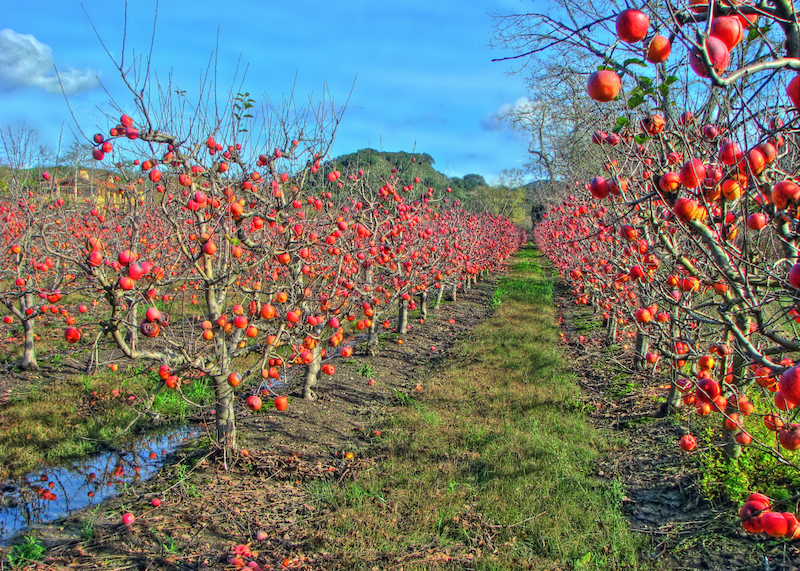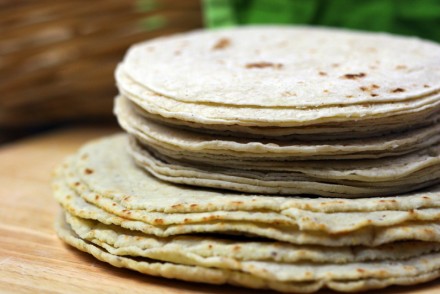The majority of farming, be it fruit, vegetables, or what have you, occurs above ground. Typically in the form of trees or vines, like an orchard or a pumpkin patch. That’s certainly the most obvious way for people to gather food. Simply walk up to a tree and pluck the fruit of little labor.
As convenient as it is to gather food above ground, hidden beneath the soil is an entirely different realm of nutritious and tasty culinary gems that have been feeding the masses since the beginning of time.
So what grows underground, and how are they classified? Simply put, they are Root Vegetables, but that is a broad term. Under the category of Root Vegetables there are several subcategories, the most common being: Tubers, Bulbs, and Taproots.
TUBER:
The most common underground crop, which the average person will eat 100-200lbs/year, is the potato. The classification of the potato has been debated for years, but one thing can be said for sure…whether you choose to classify a potato as a vegetable or not, it is definitely a Tuber.
Tubers are simply a part of a plant that stores excess energy and nutrients for later use. In the case of the potato, a potato is an energy bank that allows the Potato Blossom, a flower favored by royals, to thrive in less than typical conditions. In fact, the potato can store so much energy beneath the ground’s surface that even if the actual plant, or the blossom, were to die off, the tuber (or potato in this case) could regenerate an entirely new plant in given time. Several even!
If you were a Potato farmer you would want to harvest this tuber as soon as the above ground portion of the plant dies off. Since the potato has stored as much energy as possible from the above ground plant and has yet to dedicate it’s stored energy to growing a new blossom, this is when the Potato has the highest amount of stored energy and nutrients. Ideal picking conditions.
TRUE BULB:
A True Bulb is very similar in the sense that it acts as an energy storage system, but the actual structure of a true bulb vs. a tuber is quite difference. The easiest example would be to compare a potato (tuber) to an onion (true bulb).
A true bulb has a very defined shape. It is round to oval with a pointed top. It contains a series of layers. The outer most layer, or the tunic, has a dry paper like texture. This keeps the moisture locked inside the bulb. This is why the outside of the onion is always the dry, but the more layers you peel back the more moist they become.
Beneath the tunic, are several more layers called scales. The purpose of these layers are not only to store energy for the plant itself, but to protect the bud developing inside the bulb. You have probably noticed the bud when chopping an onion at home. The white leafy center of an onion, with a yellow base is actually an undeveloped flower. Left to mature, onions produce extraordinary flowers. Unlike tubers that simply sprout blossoms from the skin outwards, bulbs leaf out to expose the blossom from within.
Garlic, onions, and shallots are the most common true bulbs and are all highly nutritious root vegetables.
TAPROOT:
Of all the root vegetables, taproots are the most common and the most true form of root. Tubers and Bulbs are considered modified stems, still categorized as roots, but they differ from the typical roots you see on plants. Taproots are, to be put simply, an enlarged root that is edible.
It’s the base root of a plant that serves as a conduit for water, nutrients, and energy. It comes in more forms than bulbs or tubers. Common taproots are: carrots, beets, parsnips, radishes, turnips, etc.
At the end of the day Root Vegetables are ingenious. They are nutrition packed and contain pure plant energy in its raw form.
Best of all, if you don’t think you can eat them before they spoil, you can always plant them in your yard and grow something just as grand!
Lesson to be learned, it really is important to look beneath the surface in all aspects of life. You never know what gems you may find.







